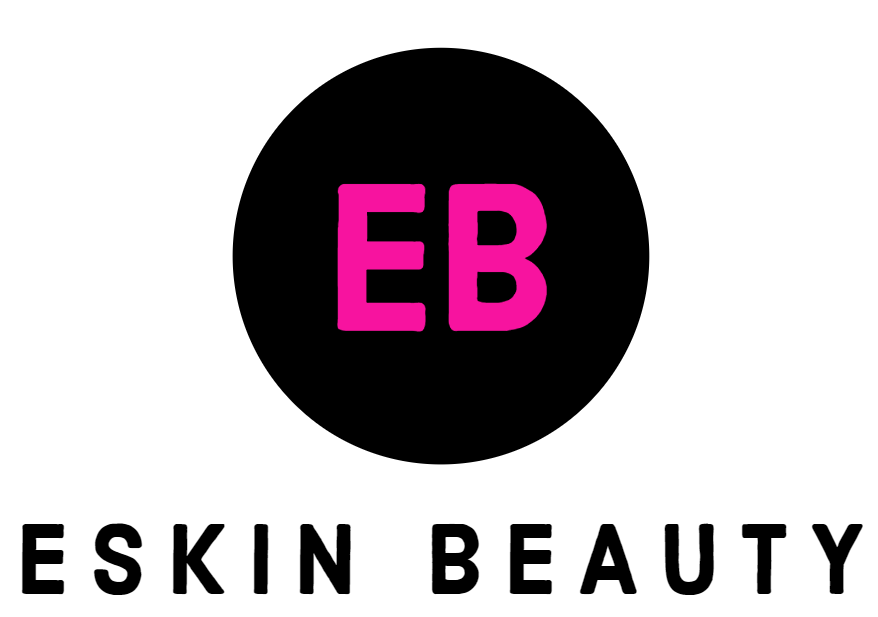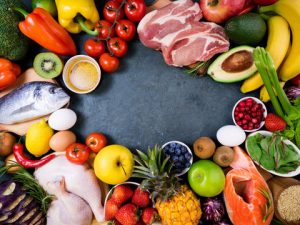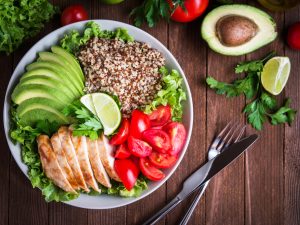Today, we will discuss a fundamental issue that many want to know how it is carried out. Today’s topic is the mini core, meaning short and fast definition stages. A few days ago, I recorded the complete guide on video, but I always transcribe for lovers of reading the entire guide on my blog, so feel free to read.
MEANING
Mini cut? In my opinion, it is the duration of a mesocycle in a fat loss stage (4 to 6 weeks in general); if your definition stage lasts much longer, it is no longer considered a mini cut. During this period, in a mini cut, you will see outstanding results in your body composition.
Since it is short, it has to be aggressive. Your deficit has to be aggressive but allows you to maintain the muscle mass you have, this will differ between some people, and I will detail it later.
REASONS
You can calmly plan and have total success in an extensive fat loss stage as it has to be to take care of muscle mass. However, I repeat, you can obtain many benefits by making a mini-cut.
Many people are not interested in going through a long fat loss phase. If you are already a little thin and only need to lose excess fat, you can go back to performing a stage of mass muscle gain after finishing your mini cut. Another reason to do this is that your metabolism doesn’t suffer as much as when you are in a deficit for a long time.
Do not confuse a fast diet where you lose muscle mass and a mini cut; both are very different if you handle things with caution. The truth is, the faster you want to lose weight, the greater your risk of losing muscle. The mini cut is at a balance point.
The video shows how the mini cut is at a balance point not to lose muscles.
YOUR DEFICIT
The amount of your caloric deficit does not have to be so excellent or so slight, aggressive enough to help you not lose muscle mass.
I also want you to remember that not everyone can have the same deficit or calories; it is necessary to individualize the deficit. Thinner people cannot lose as fast as those with more fat because they have a higher risk of muscle loss.
THE MORE FAT YOU GET, THE FASTER YOU CAN LOSE WEIGHT
People between 10 to 15% fat can lose 0.5 to 1% of their weekly weight. People over 20% fat can lose up to 1.5% of their weekly weight.
YOUR ROUTINE
Most think of training for fat loss in a unique way, different from muscle gain; they think that cardio circuit training has to be more critical than training heavy. But it is not like that.
You need to train heavy to maintain muscle in your stage.
By that, I mean you need to give your muscles a reason to stay firm, remember how you got your muscles, why change your routine then?
You don’t have to change the routine in your mini cut; you just have to play with some variables that you already know about weight training, and these are:
Intensity: Focus on the 6-12 rep range in your routines.
Volume – Get at least a little more than ten sets per muscle group per week.
Frequency: train your muscle groups at least twice a week.
Be realistic: Above all else, your routine should be something that allows you to adhere to your progress. This means that it should fit your lifestyle and it should be something that you enjoy training.
In the off-season of the bodybuilding program, the dietary guidelines are more flexible. The total calorie intake should be approximately 15% higher than in the training stage. Total weight gain will be different for each person, but it averages less than 1% of body weight each week. Gradual weight gain helps ensure that you don’t gain fat mass. Without an increase in total calories, muscle growth will not be at optimal levels.
In this phase, you will consume:
1 g of protein per pound of body weight (2.20g of protein per Kg of body weight)
1.5 g of carbohydrates per pound of body weight (3.30g of carbohydrates per kg of body weight)
0.6 g of fat per pound of body weight (1.32g of fat per Kg of body weight)
Using the following examples, the total intake turns out to be for the bulking phase.
68 kilos: 150 g of protein, 225 g of carbohydrates, 90 g of fat
79 kilos: 175 g of protein, 263 g of carbohydrates, 105 g of fat
What is “dirty” volume?
During the bulking phase, the idea is to control dietary changes to increase lean tissue weight gradually. The “dirty” volume removes the controlled word from the equation.
Increasing volume “dirty” means eating as many calories as possible each day. Some even say that consuming as much food as is tolerable, which makes this practice uncomfortable. Also, along with excessive calorie intake is intense resistance training. The idea is to gain as much muscle as possible while fighting the fat gain with intense exercise.
What are the dangers of “dirty” volume?
Some problems that bodybuilders encounter when practicing “dirty” volume include:
Fat gain: If you’re exceptionally good at increasing your calorie intake, you may not be burning enough calories to make up for fat storage. This means that you will gain weight, but the fat will be stored, not lean muscle, as is the purpose of the dirty bulking.
Blood health: Depending on the types of foods you use for bulking, your total fat intake from unhealthy sources like saturated fat, sodium, and dietary cholesterol levels will likely increase. This can cause health problems related to blood and organs.
Loss of energy: The high carbohydrate diet leads to eating simple carbohydrates such as flour and sugar. These promote a rapid increase in energy, followed by a drop that accounts for many fatigue incidents, especially in the afternoons. Eating several carbohydrate-heavy meals a day could cause a roller coaster of energy levels from fast to drowsy.






























Add Comment